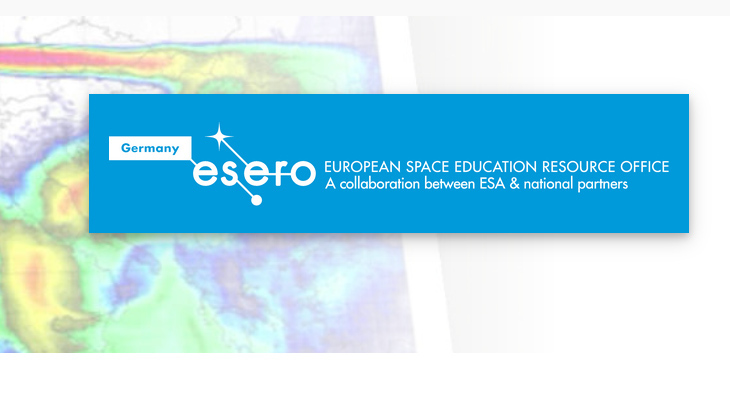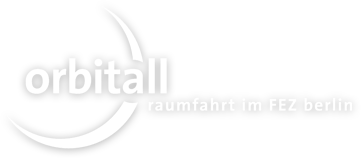
ESERO - Where Learning Is Fun
Projects & workshops during the school term
All materials can be found at www.esero.de/unterricht and the worksheets presented below can be downloaded here: Download worksheets
All materials listed here are in German!
Primary Schools (1st to 4th class)
Short learning videos (General knowledge, science)
- "Once upon a time" – Rosetta mission to the comet 67P/Churyumov-Gerasimenko (V)
Paxi's videos from the ESA (on YouTube):
- Paxi erkundet den Mond
- Die Mondphasen und Finsternisse
- Der Treibhauseffekt
- Der Wasserkreislauf
- Tag, Nacht und die Jahreszeiten
- Gibt es Marsbewohner?
- Geheimnisse des Roten Planeten
- Rosetta und Kometen
- Das Sonnensystem
Worksheets
- AstroFood: Nutzpflanzen für zukünftige Weltallmissionen auswählen!
- Mondunterschlupf: Erkundung verschiedener Schutzräume auf der Erde und im All (Fokus auf das Basteln mit Materialien in jedem Haushalt)
Secondary Schools (5th class and beyond)
Short learning videos (Geography, physics):
- Bilder aus dem All
- "Elektromagnetisches Spektrum – Einführung" und "Elektromagnetisches Spektrum – Vertiefung"
- Die Welt in Infrarot
- Die räumliche Auflösung
- Die Spektrale Auflösung
- Erdbeobachtung von der ISS
Worksheets
Physics:
- Die Raketengleichung: Wie schnell fliegen Raketen?
- Impuls und Bewegung einer Rakete
- Die erste Mondolympiade: Physik auf dem Mond
- Gewicht und Masse: Was wiegt ein Astronaut auf dem Mond?
- Vulkane auf Mars und Erde (unterstützt durch die AR-App "ColumbusEye")
Mathematics:
- Von einer Reise zum Mars und wieso der Mond nicht auf die Erde fällt
- Berge auf Mond und Erde (unterstützt durch die AR-App "ColumbusEye")
Worksheets with Augmented Reality App "ColumbusEye"
Physics:
- Von der Erde zum Mond und zurück – Gravitation im Erde-Mond-System
Geography:
- Erde bei Nacht – Energieverbrauch um Rhein, Ruhr, Maas und Schelde
- Aralkum – Vom See zur Wüste
- Erde bei Nacht – Lichtverschmutzung in Mitteleuropa
- Im Auge des Sturms – Zyklone statt Pokémons
Further advanced materials (Astronomy, physics)
- Jäger im Weltall: Astronomie für Zuhause
